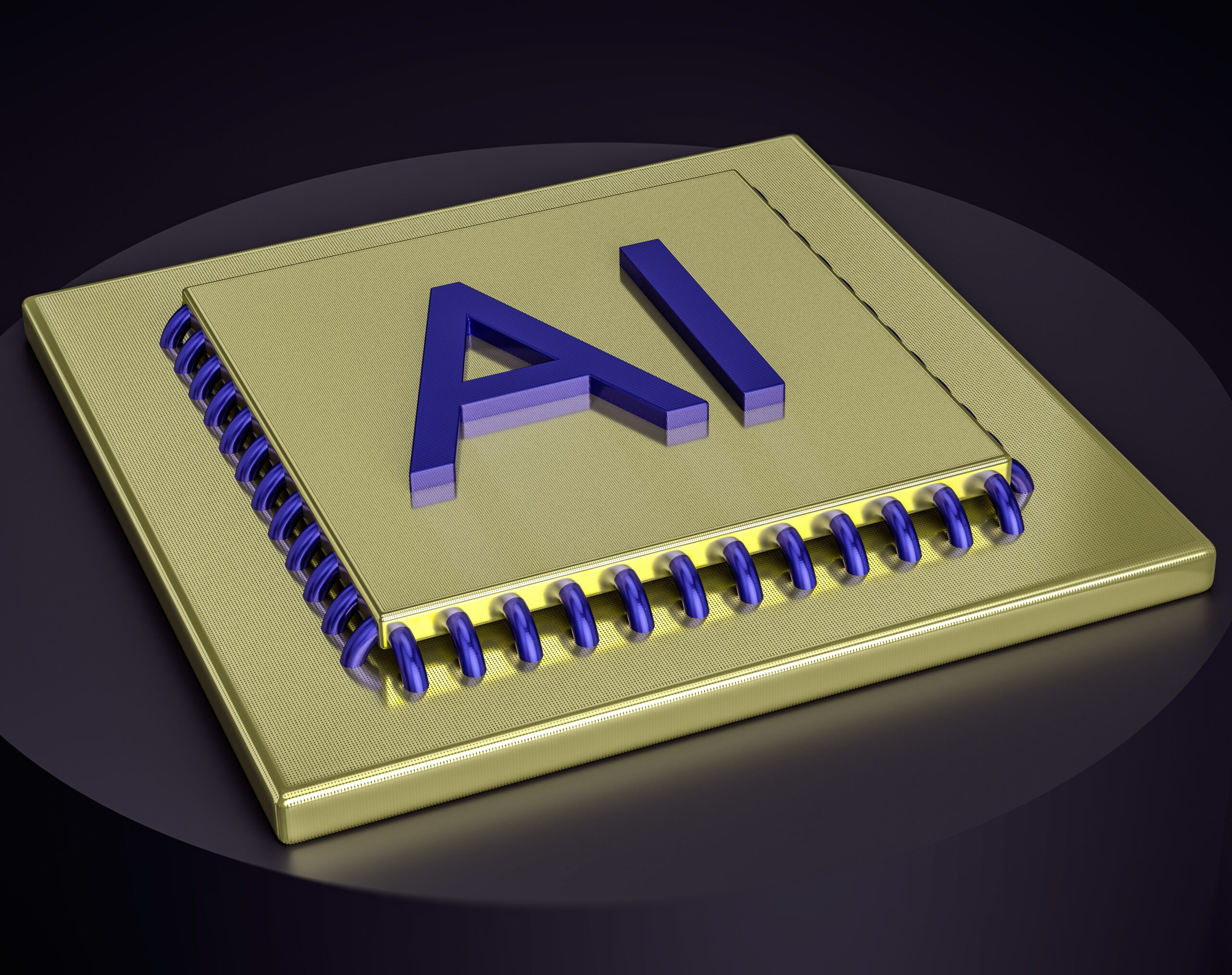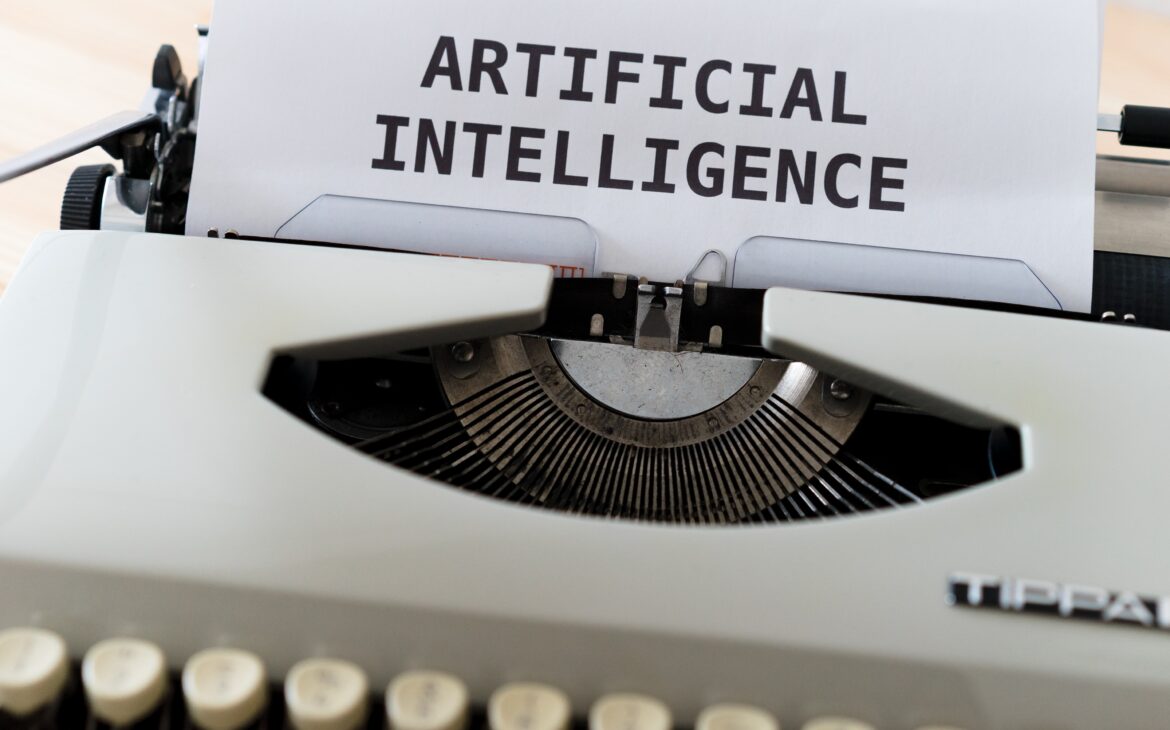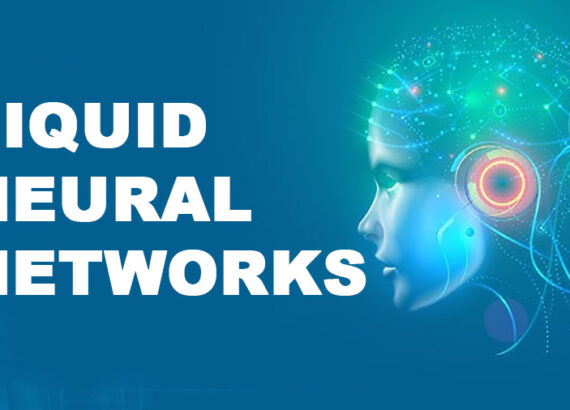Unleashing the Beast: AI Phenomenal Evolutionary Growth Shocks Scientists!
Artificial Intelligence (AI) has experienced an astounding evolution over the past few decades, revolutionizing various aspects of our lives and reshaping industries. The rapid growth and advancements in AI have left scientists and researchers stunned, as machines surpass human capabilities in tasks once deemed impossible. From simple algorithms to complex neural networks, AI has leapt forward, propelled by breakthroughs in machine learning and the rise of deep learning techniques.
In this article, we will delve into the remarkable journey of AI, exploring its evolution, extraordinary applications, and the ethical considerations that come with its unleashed potential. Join us as we decipher the mysteries behind AI’s phenomenal evolutionary growth and uncover the possibilities that lie ahead.
1. Introduction: The Phenomenal Growth of Artificial Intelligence
Understanding the Current State of AI
It is the driving force behind voice assistants like Siri and Alexa, recommendation systems on Netflix, and the self-driving cars that seem to be popping up everywhere. But what exactly is AI, and how did it reach this level of prominence?
The Rapid Expansion of AI Technologies
In recent years, we have witnessed a staggering expansion in AI technologies. This growth can be attributed to a combination of factors, including advancements in computing power, the availability of vast amounts of data, and the development of sophisticated algorithms. As a result, AI has found its way into various industries, revolutionizing the way we work, communicate, and even entertain ourselves. From healthcare to finance, AI is transforming every aspect of our lives, and its growth shows no signs of slowing down.
2. The Evolution of AI: From Simple Algorithms to Complex Neural Networks
Early Beginnings of Artificial Intelligence
The journey of AI began in the 1950s when researchers started exploring the possibilities of building machines that could mimic human intelligence. Early AI systems relied on rule-based algorithms that followed predefined sets of instructions. While these systems were limited in their capabilities, they paved the way for future advancements.
Advancements in AI Algorithms
As computing power increased, so did the complexity of AI algorithms. Researchers developed new techniques, such as decision trees, genetic algorithms, and support vector machines, to tackle more complex tasks. These algorithms enabled AI systems to learn from data and make decisions or predictions with greater accuracy.
The Emergence of Neural Networks
One of the most significant breakthroughs in AI came with the emergence of neural networks. Inspired by the structure of the human brain, neural networks are composed of interconnected artificial neurons that can process and analyze complex patterns. This development opened up new opportunities for AI, allowing it to excel in tasks such as image recognition, natural language processing, and even playing games like chess and Go.

3. Breakthroughs in Machine Learning: Unleashing the Power of Big Data
Introduction to Machine Learning
Machine learning is a subfield of AI that focuses on developing algorithms capable of learning from data and making predictions or decisions without explicit programming. It enables AI systems to adapt and improve their performance over time.
The Role of Big Data in Advancing AI
The availability of massive amounts of data has been instrumental in driving the advancements in AI. Big data provides the fuel that powers machine learning algorithms, allowing them to extract meaningful insights, discover patterns, and make accurate predictions.
Supervised vs. Unsupervised Learning
In machine learning, two primary approaches are used: supervised and unsupervised learning. Supervised learning involves training AI models on labelled data, where inputs and outputs are provided. Unsupervised learning, on the other hand, involves training models on unlabeled data, letting them discover hidden patterns or groupings. Both approaches have their strengths and are applied in various domains depending on the nature of the problem.
4. The Rise of Deep Learning: Redefining AI Capabilities
Understanding Deep Learning and Neural Networks
These deep neural networks can learn complex data representations, enabling them to tackle highly intricate tasks. By leveraging the power of deep learning, AI systems can achieve unprecedented levels of accuracy and performance.
Deep Learning Techniques and Architectures
Various deep-learning techniques and architectures have been developed to tackle different types of problems. Convolutional neural networks (CNNs) excel in image and video analysis, while recurrent neural networks (RNNs) are well-suited for sequential data such as language processing. Furthermore, advancements like transformers have revolutionized natural language understanding and machine translation.
Real-World Applications of Deep Learning
Deep learning has found applications in a wide range of domains, including healthcare, finance, transportation, and even creative fields like art and music. It has enabled breakthroughs in medical imaging, fraud detection, autonomous vehicles, and much more. The rise of deep learning has unleashed a new wave of AI capabilities, shaping the future of technology and society as we know it.
From its humble beginnings to the advent of deep learning, AI has grown exponentially, disrupting industries and pushing the boundaries of what was once thought possible. As we continue to unravel the potential of AI, one thing is certain: we are on the cusp of a new era, where the unleashed beast of AI will continue to surprise and astonish us with its phenomenal growth.
5. AI’s Impressive Applications: From Autonomous Vehicles to Medical Diagnosis
The Impact of AI in Autonomous Vehicles
AI has revolutionized the world of transportation with its remarkable applications in autonomous vehicles. Gone are the days when we marvelled at the idea of self-driving cars only in science-fiction movies. Today, AI-powered algorithms and sensors enable vehicles to navigate roads, detect obstacles, and make split-second decisions. This technology has the potential to revolutionize transportation, making it more efficient, safe, and convenient for everyone.
AI in Healthcare and Medical Diagnosis
AI’s impact is not limited to the realm of transportation. It has also made significant strides in revolutionizing healthcare and medical diagnosis. AI algorithms can analyze vast amounts of data, from medical records to genomic information, to identify patterns and make accurate predictions. This technology has the potential to improve early disease detection, personalized treatments, and even drug discovery. AI is becoming a valuable ally to doctors, assisting in diagnosing diseases and suggesting treatment plans, ultimately improving patient outcomes.
AI’s Contributions to Other Industries
Besides transportation and healthcare, AI is making its mark in various other industries. From finance to manufacturing, AI-powered solutions are streamlining processes, enhancing efficiency, and improving decision-making. Financial institutions are leveraging AI algorithms to detect fraud and manage risks, while manufacturers are using AI to optimize production lines and minimize downtime. The applications of AI are vast and diverse, promising to reshape numerous industries in the coming years.

6. Challenges and Ethical Considerations in AI Development
The Ethical Dilemmas of AI
As AI continues to advance, we must confront the ethical dilemmas it presents. Questions about privacy, job displacement, and bias in AI algorithms arise. Should AI have the power to make life-and-death decisions? How can we ensure that AI remains a tool for the betterment of humanity and doesn’t perpetuate harm or inequality? These are complex questions that demand thoughtful consideration and ethical frameworks to guide the development and use of AI.
Ensuring Bias-Free AI Systems
One of the critical challenges in AI development is addressing bias in algorithms. AI systems learn from data, and if the data is biased, the resulting algorithms can perpetuate discrimination and inequality. For example, biased facial recognition software may misidentify individuals based on race or gender. To overcome this, developers must actively ensure diverse and representative datasets and implement fairness measures in AI systems to avoid perpetuating societal biases.
Addressing Privacy and Security Concerns
As AI becomes more integrated into our lives, concerns about privacy and security naturally arise. From voice assistants listening in on conversations to the potential misuse of personal data, AI’s capabilities bring forth new privacy challenges. Developers must prioritize building secure and transparent AI systems, ensuring that user data is protected, and algorithms are auditable. Striking the right balance between convenience and privacy will be crucial in fostering trust in AI technologies.
7. The Futuristic Potential of AI: Predictions and Speculations
AI’s Role in Shaping the Future
The potential of AI goes far beyond its current applications. Experts predict that AI will play a pivotal role in shaping the future of industries ranging from agriculture to space exploration. As AI continues to evolve and develop new capabilities, its impact will likely extend to areas we can’t even fathom yet. From advanced robotics to personalized virtual assistants, the possibilities are boundless.
Exploring AI’s Potential in Various Fields
AI’s potential is not limited to specific industries. It has the power to transform education, entertainment, and even how we interact with the world around us. Personalized learning experiences, immersive virtual reality, and AI-generated content are just glimpses of what the future may hold. The key lies in embracing the possibilities while navigating the ethical considerations to ensure AI’s positive impact on society.
Contemplating the Singularity and Beyond
At the forefront of AI discussions is the concept of the Singularity, a hypothetical point when AI surpasses human intelligence. While it remains a topic of speculation and debate, the idea ignites curiosity about the potential consequences of such an event. Will AI become a benevolent partner, augmenting our capabilities, or will it exceed our control? Contemplating the Singularity pushes us to explore the limits of AI and consider the societal implications it may carry.
8. Embracing the Unleashed Beast – AI’s Phenomenal Evolutionary Growth
AI’s growth has undoubtedly been phenomenal, and it continues to surprise and amaze scientists and society alike. From autonomous vehicles to medical breakthroughs, AI’s contributions have the potential to reshape our world.
As we dive deeper into the AI revolution, we must address the ethical considerations, ensure unbiased systems, and navigate the challenges that come with it. By embracing the unleashed beast that is AI, we can harness its potential for the betterment of humanity and pave the way for a brighter future.
9. Conclusion
As AI continues to expand its horizons, we stand witness to its extraordinary growth and potential. From transforming industries with autonomous vehicles and medical diagnosis to challenging ethical norms and privacy concerns, AI’s impact is undeniable. While we navigate the uncharted territories of AI development, it is crucial to approach this technology with caution and responsibility.
By embracing the unleashed beast of AI’s phenomenal evolutionary growth, we can harness its power to drive innovation, improve efficiency, and enhance the quality of our lives. Let us stride forward hand in hand with AI, embracing the possibilities it offers while ensuring a future that is both technologically advanced and ethically conscious.
FAQ
1. What has led to the phenomenal growth of artificial intelligence?
The growth of artificial intelligence can be attributed to several factors. Breakthroughs in machine learning, particularly with the availability of big data, have enabled AI to learn and make more accurate predictions. The advent of deep learning techniques, such as neural networks, has also played a significant role in enhancing AI capabilities. Additionally, advancements in hardware, such as faster processors and improved computing power, have contributed to AI’s phenomenal growth.
2. What are some practical applications of artificial intelligence?
Artificial intelligence has found applications in various fields. One notable application is in autonomous vehicles, where AI enables self-driving cars to perceive, analyze, and respond to their surroundings. AI also has a significant impact on healthcare, assisting in medical diagnosis, drug discovery, and personalized treatments. Other sectors like finance, retail, cybersecurity, and customer service also leverage AI to improve efficiency, decision-making, and customer experiences.
3. What are the ethical considerations associated with AI development?
AI development raises important ethical considerations. One concern is bias within AI systems, as algorithms can reflect the biases present in the data they are trained on. Ensuring fairness and addressing potential discrimination becomes crucial. Privacy and security are also significant concerns, as AI often relies on collecting and analyzing vast amounts of personal data. Transparency and accountability in AI decision-making are additional ethical challenges that require attention.
4. What does the future hold for artificial intelligence?
Predictions range from AI revolutionizing various industries and creating new job opportunities to concerns over job displacement and the potential for AI to surpass human intelligence. There is ongoing debate about the possibility of achieving a technological singularity, where AI systems surpass human abilities and become self-improving. As technology continues to advance, it is crucial to navigate the future of AI with careful consideration of its implications and ensure that it is developed and used for the betterment of humanity.
Thank you for reading 🙂
If you want to build your website at an affordable price contact: www.nextr.in
Read this: How To Become A Web Developer?


















